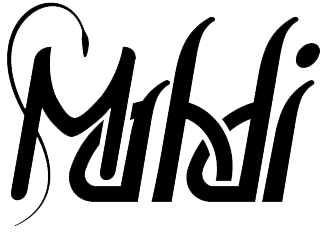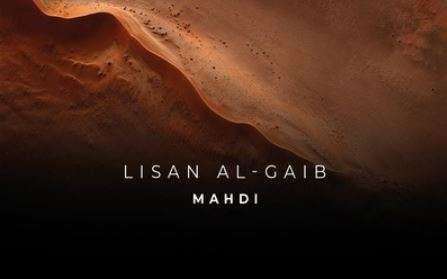
Everyone loves Ramadan. The thrilling wait during the day, the delicious Iftar meals at the end of the day, nightlong celebrations and festivities that go on for a whole month, happy times with friends and family, delicious sweets like halwa and zalabiya, the joy of waking up all together in the middle of the night to eat sahur and surely, that beautiful, very visible air of security and warmth that settles over everyone and everywhere the Ramadan touches.
That’s why one and a half billion Muslims around the world are excitedly working on their finishing touches for Ramadan preparations. No one wants to be left behind.
Yes, today Ramadan is joyful and exuberant all around the world. But how was it in the past?
Ramadan was awaited and welcomed with great joy and enthusiasm in the past, too. Sultans made sure that everyone was well fed, well taken care of and spent the Ramadan as it should be spent: With joy, with loved ones and with great food. Streets and marketplaces, already busy and full of life, would explode with activity once Ramadan knocked on the door. Merchants would show off their products and the latest exotic imports in a bid to get the attention of shoppers, while ladies wandered trying to pick the best products for their delicious Iftar feasts. Bags of rice and colourful spices, sweets and juices appealed to enthusiastic Ramadan shoppers even centuries ago just like they do today.
In the past, Ramadan was again a time of celebration in the Islamic world. The preparations would start months before and when the holy month came, life in the Islamic world would become nocturnal. The businesses would open in the afternoon and work only until the Iftar. City squares would host large feasts for thousands, with appetisers, vegetable dishes cooked in olive oil, whole roasted lambs with delicious rice cooked in butter and mouth-watering desserts were served.
Rich families would also host Iftar meals and arrange the seating so skilfully that there would be no separation between the rich and the poor. After the Iftar, people would rush to mosques to express their gratitude with salat. According to historians, some nights more than 100,000 people would attend the salat at the famous Hagia Sophia mosque.
Today, the scenery has changed, technology has advanced and we have a very different Ramadan. But the happiness, appreciation, excitement and warmth of Ramadan hasn’t changed; it is still there and very much alive, to be found in the streets, in family houses, even on TV. From Moscow, where 200,000 Muslims celebrate Ramadan together, to Manama where the fast is broken with traditional cannon fire and tents are set up for delicious Iftar feasts, the joy of Ramadan is everywhere.
As a matter of fact, in today’s world where people are seemingly drawn apart from each other due to the Internet, TV and smart phones, Ramadan effectively brings them together and builds unshakable bonds of love, friendship and kindness, especially at Iftar feasts, during prayers at mosques after Iftar and the Eid Al Fitr celebrations.
Once again, Muslims will practise self-discipline for the sake of God, question themselves in terms of their compassion, altruism and self-sacrifice and work to be better versions of themselves. They will also pray for the peace of the whole world, and especially for the relief of their pain-stricken fellow Muslims in many parts of the world, who will be fasting in very difficult conditions. May God bestow peace and calm to our world soon.
Adnan Oktar's piece in Gulf Daily News :
http://www.gdnonline.com/Details/218053/Ramadan-Then-and-now

